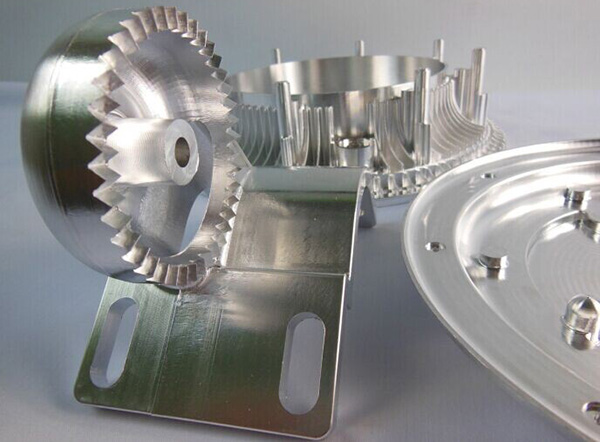Get in touch.
Dear,I will reply in 12 hours. All your message are protected!
Rapid Prototyping Services, Professional manufacturer of CNC Prototyping and 3D Prototyping in China.
CNC (Computer Numerical Control) machining is a widely used manufacturing method for producing gears with high precision and accuracy. In this article, we will explore the techniques and best practices for CNC gear machining, ensuring optimal performance and efficiency.

1.CAD/CAM Software:
Utilize advanced CAD (Computer-Aided Design) and CAM (Computer-Aided Manufacturing) software to design and program the gears. These software tools offer specialized features for gear design, such as involute profiles and tooth forms. Ensure that your software supports gear modeling and generates accurate toolpaths for CNC gear machining.
2.Gear Design and Selection:
Understand the specific requirements of the gear application and select the appropriate gear type, such as spur gears, helical gears, or bevel gears. Consider factors like load capacity, speed, and noise level to determine the gear parameters, including module, pressure angle, and number of teeth. Proper gear design is crucial for ensuring smooth meshing and optimal performance.
3.Tooling and Cutting Tools:
Choose high-quality cutting tools specifically designed for gear machining. Gear hobbing cutters or gear shaping cutters are commonly used depending on the gear type and desired accuracy. Ensure that the cutting tools are sharp, properly aligned, and well-maintained to achieve precise and efficient gear machining.
4.Machine Setup and Calibration:
Proper machine setup is essential for accurate gear machining. Align and calibrate the CNC machine to ensure precise positioning and movement. Verify the accuracy of the machine's linear guides, ball screws, and rotary axes to maintain the required tolerances during gear machining. Regular maintenance and calibration are crucial for consistent and reliable gear production.
5.Cutting Parameters:
Fine-tune the cutting parameters to optimize the gear machining process. Adjust the cutting speed, feed rate, and depth of cut based on the gear material and desired surface finish. Consider the chip load and tool engagement to prevent tool wear and ensure efficient material removal. Experiment with different parameters to find the optimal balance between cutting performance and gear quality.
6.Cooling and Lubrication:
Implement effective cooling and lubrication techniques during gear machining to dissipate heat and reduce friction. Proper cooling and lubrication enhance tool life, prevent workpiece distortion, and improve surface finish. Consider using suitable cutting fluids or coolants that are compatible with the gear material and machining operation.
7.Quality Control:
Implement a rigorous quality control process to validate the accuracy and integrity of the machined gears. Use measuring instruments like gear profile testers, gear measuring machines, or coordinate measuring machines (CMMs) to inspect critical dimensions, tooth profiles, and gear tooth runout. Implement statistical process control (SPC) techniques to monitor and analyze variations in gear machining, allowing for continuous improvement.
Conclusion:
CNC gear machining requires meticulous planning, precise tooling, and optimal cutting parameters. By utilizing advanced CAD/CAM software, considering gear design and selection, ensuring proper machine setup and calibration, fine-tuning cutting parameters, implementing effective cooling and lubrication techniques, and conducting rigorous quality control, you can achieve precise and efficient gear manufacturing.
© 2005-2025 Shenzhen Tuowei Model Technologies Co., Ltd. | All Rights Reserved 粤ICP备11096697号